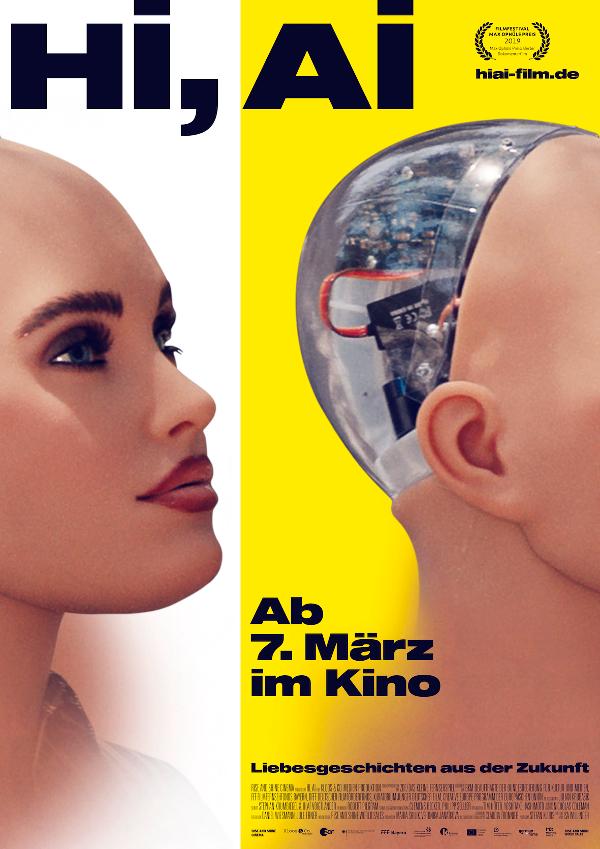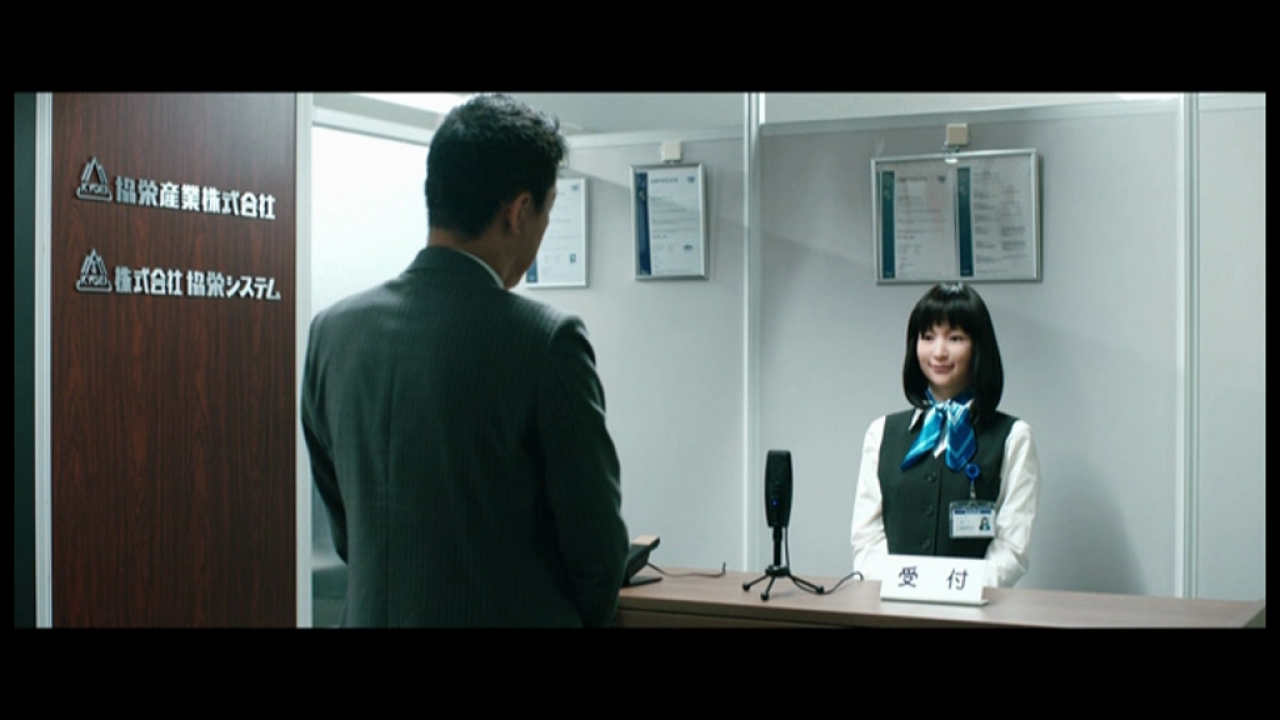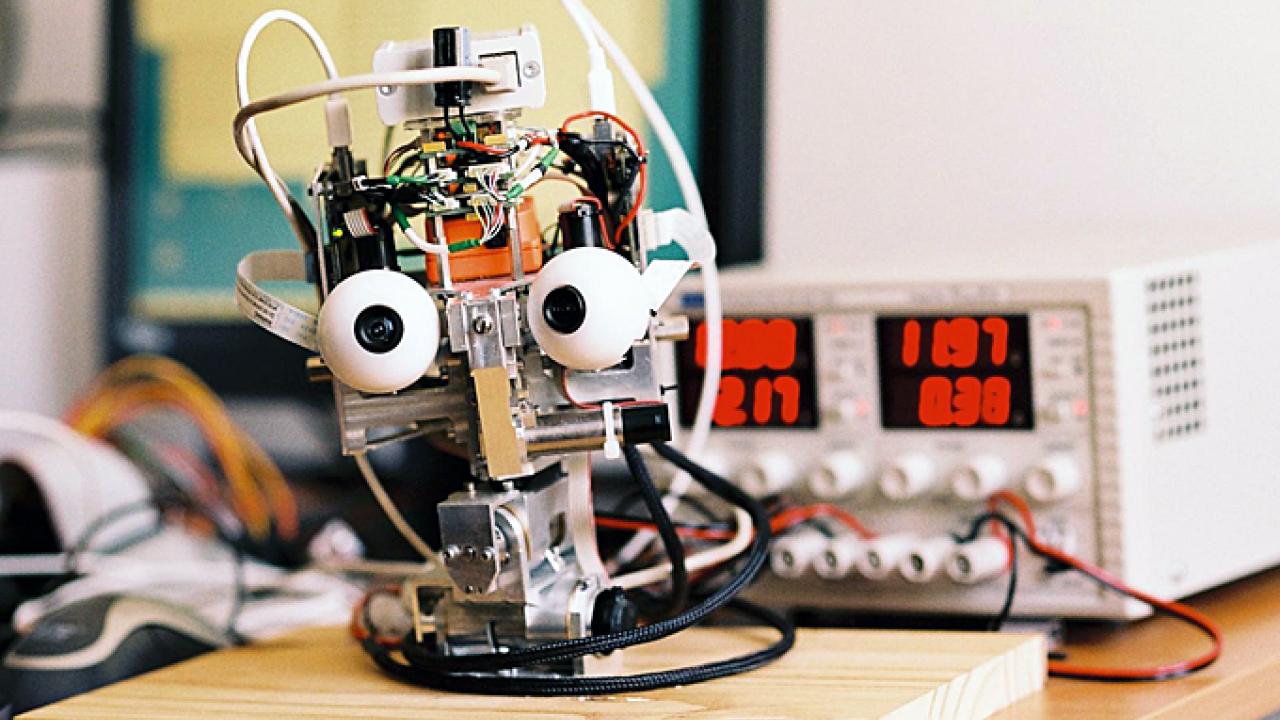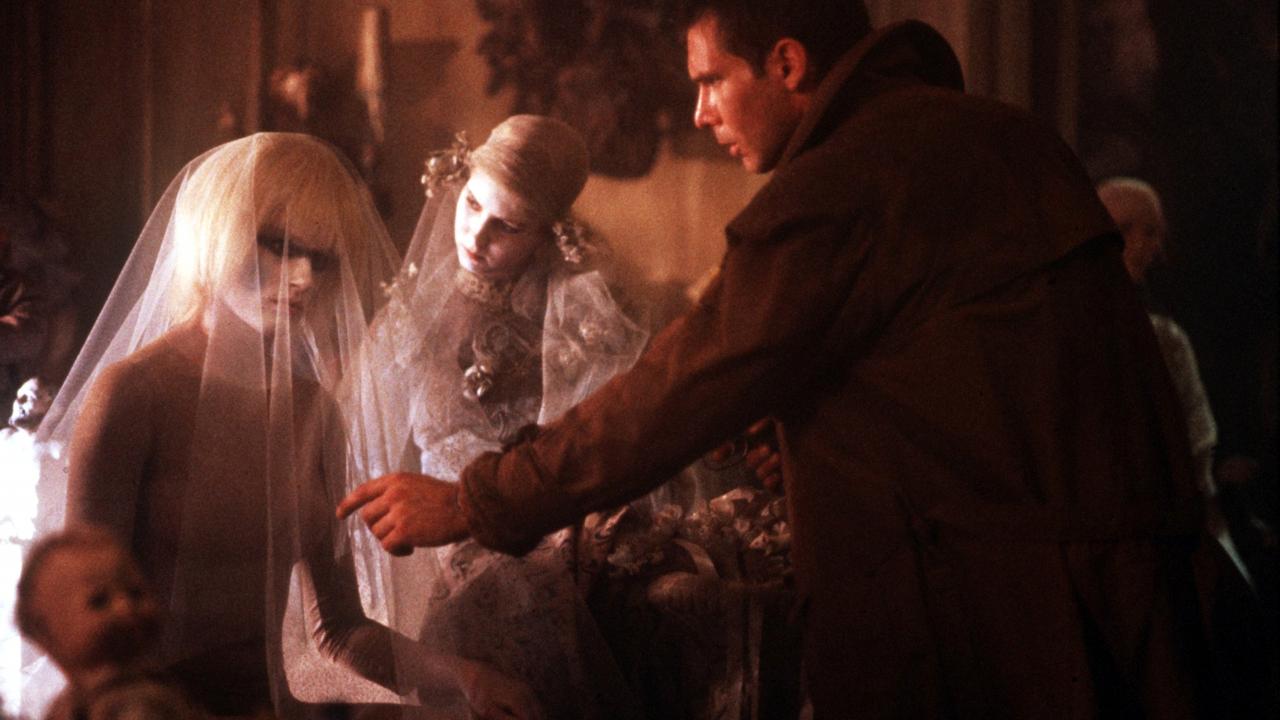Kategorie: Film Review
"Hi, AI"
Humanoid robots are increasingly becoming a part of our everyday lives. In her film, the director Isa Willinger investigates how “human” these robots have already become.
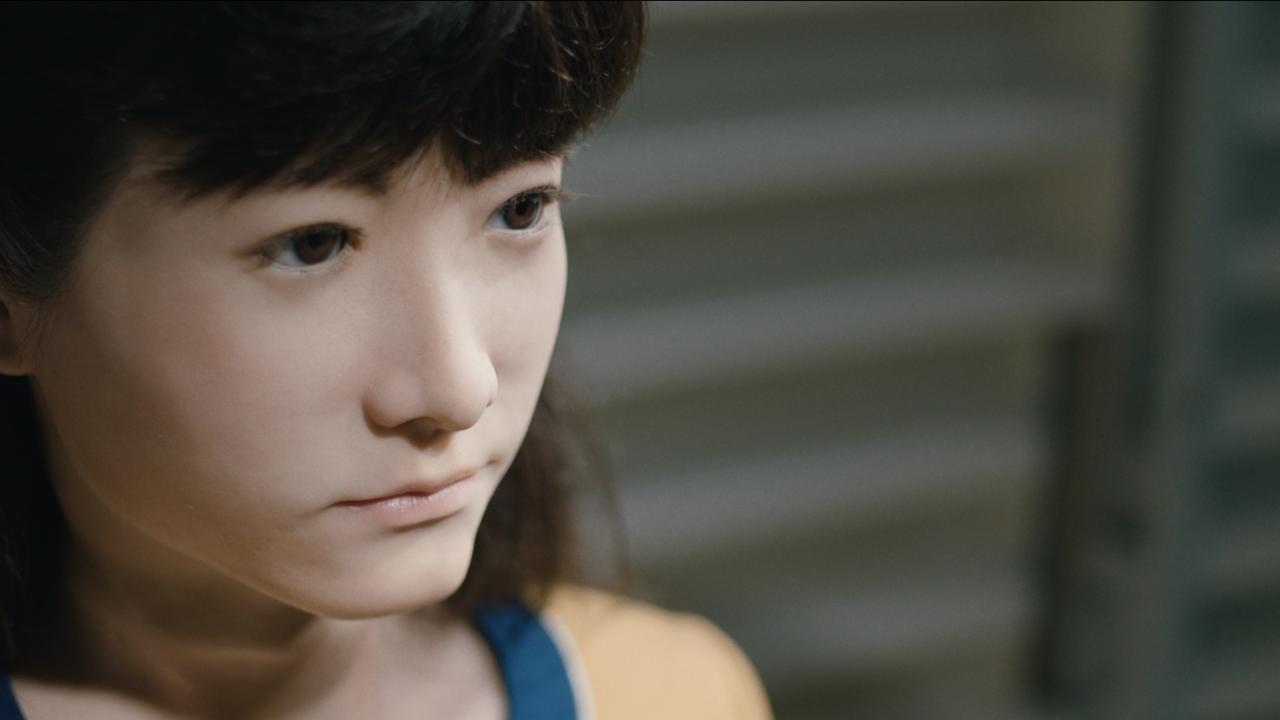
Unterrichtsfächer
Thema
It was not long ago that humanoid robots belonged exclusively to the realm of Zum Inhalt: science fiction – they were a scientific and technological fiction. But the rapid development of the digital world has made them more and more a part of our reality. Until recently, highly specialized robots were used mainly in factories, where processes need to be made as automatic and precise as possible. Or they were used in places considered highly dangerous to human beings. Meanwhile, however, robots are increasingly making their way into our everyday lives. Thanks to their artificial intelligence they are no longer merely stupid machines that perform predetermined routines – they are increasingly developing the ability to simulate social relationships with human beings.
How "human" are humanoid robots?
Today, humanoid robots already serve as ersatz partners, work at receptions or are used in the health services to care for people in need. But how "human" have these robots already become? In her Zum Inhalt: documentary film, "Hi, AI", the German director Isabella Willinger explores this question by showing different robots interacting with their owners. She also hazards a look into the future, in which we may get have to get used to humanoid robots as a matter of course.
In "Hi, AI", we get to know Chuck, a man living on his own in Texas, who has bought himself a robotic silicon doll. It's a sex doll robot, which can be controlled by Wi-Fi and smartphone. Chuck's new robot girlfriend is called Harmony and she is programed to empathize and make compliments. At first, he does not seem bothered by her inability to respond to his emotional states. At least Harmony talks a lot. But because she has no consciousness, she does not know what she is saying. She misunderstands words and misinterprets entire conversational contexts. What she does have is the looks of a young model – with flawless silicon skin, long, blonde hair and large breasts. But it is not always the robot woman's limited abilities that cause a paradox situation in the course of a conversation: "Do you like artificial intelligence?" asks Harmony all of a sudden. This time it is Chuck who is unable to deal with a question.
The robot as a member of the family
Meanwhile in Tokyo, the little white robot Pepper is at work. His exterior was designed in accordance with the Japanese Kawaii principle. With its big eyes, a height of just 1.20 meters and a childlike voice, he comes across to human beings as cute and lovable. The senior citizen Sakurai got him as a gift from her son. His task is to keep her mentally alert and accompany her in her day-to-day life. And he does indeed engage in conversation with her, although he does occasionally flirt with members of the family. Pepper leads a considerably more personal existence than Harmony, to the extent that when Pepper and Miss Sakurai interact, it is not always clear who is controlling whom.
The episodes with Chuck and Sakurai both serve as examples of the approach taken by the director, Isa Willinger. She depicts the relations between human beings and makes sense of these impressions by means of Zum Inhalt: interviews with scientists and experts in the field of artificial intelligences. Chuck's dealings with Harmony come across as almost clichéd. It does not seem plausible that a single, somewhat odd middle-aged man should regard a robotic doll as his real partner. This also makes some more emotional Zum Inhalt: scenes seem artificial and staged.
Interaction with limits
That the interaction between human being and robot still harbors various problems and potential conflicts becomes clear in the case of the Sakurai family. Despite the playful programming that went into Pepper, his communication with grandmother Sakurai turns out to be more complicated than expected. After some initial euphoria, it becomes evident that Pepper comes across as an entertainment machine to the old woman, who is unable to fathom his behavior. Chuck also increasingly reaches limits with Harmony and ultimately has to acknowledge that his need for affection cannot be fulfilled by a humanoid robot woman.
These situations throw up interesting questions. To what extent must we first learn how to interact with artificial intelligence? Or what moral, ethical or legal issues can arise from this interaction? "Hi, AI", however, only touches on these questions. The focus of Isa Willinger's documentary is on aspects that are relevant in the everyday life of humans and robots such as speech and image recognition – areas which will increasingly occupy our society in the further development of artificial intelligence. Above all, though, "Hi, AI" aims to make the subject of artificial intelligence accessible: to inform a wider audience that, without the presence of humanoid robots such as Harmony and Pepper, would have little more than a vague notion of how advanced algorithm-based computer systems have already become.
The documentary film "Hi, AI" is available free-to-view in Zum externen Inhalt: bpb's Mediathek (öffnet im neuen Tab).

